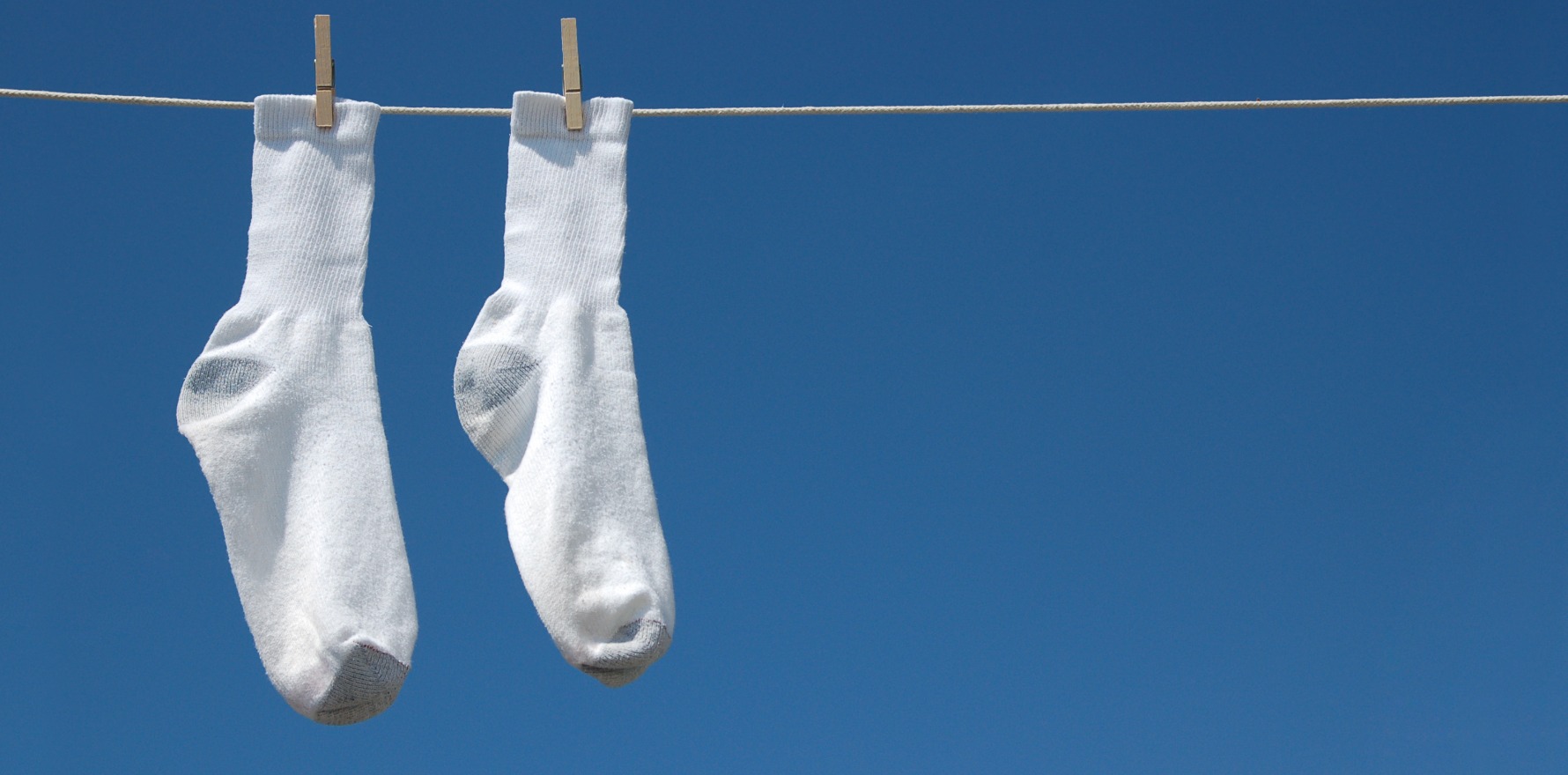Anxiety about germs has triggered more cases of granular parakeratosis, which can be so severe patients need hospitalisation.
A covid-led rise in the use of laundry sanitisers has led to an increase in cases of the rare but painful condition granular parakeratosis.
A Victorian study found that 45 patients developed granular parakeratosis, also known as hyperkeratotic flexural erythema (HKFE), from wearing clothes rinsed in laundry sanitisers containing benzalkonium chloride.
Associate Professor Rosemary Nixon, one of the authors, urged GPs and dermatologists to ask patients whether they used laundry sanitisers if they presented with the condition.
Writing in Clinical and Experimental Dermatology, the authors said there had been a surge in cases of granular parakeratosis caused by benzalkonium chloride during the covid pandemic, “as more people somewhat mistakenly used laundry sanitisers in order to increase laundry hygiene”.
They said that while only a small subset of individuals exposed to benzalkonium chloride developed granular parakeratosis, it was not clear what proportion of people were affected.
“This is a reasonably rare reaction,” Associate Professor Rosemary Nixon, dermatologist and occupational physician at the Skin Health Institute, told The Medical Republic.
“However, dermatologists see a lot of cases and some of them can be so severe that people have been hospitalised.
“It’s almost like a burn and can be really painful, and not many treatments really work. It’s a condition that people don’t need to have.”
Professor Nixon said clinicians should look for a new-onset, scaly, brown-red flexural rash which is painful and burning rather than itchy. She urged GPs to ask patients if they had been using laundry sanitisers or rinses.
Granular parakeratosis was first described in 1991 as a possible reaction to deodorant. More recently, the skin condition has been linked to benzalkonium chloride in laundry rinses.
But laundry sanitisers were unnecessary, “and certainly not necessary for getting rid of covid”, Professor Nixon said.
“Washing machines and detergents do a fantastic job. Covid is the type of virus that will respond to washing in 18 degrees, which is cold water, as long as you’ve got a decent washing machine,” she said.
“In almost every situation, washing in a normal washing machine does the job.”
The study included 45 patients at dermatology clinics in Victoria, ranging in age from 18 months to 89 years.
The most common location of the rash was the inguinal/anogenital area, the axillary area and the trunk, the authors reported.
“We believe that clothes contaminated with BAK [benzalkonium chloride] contact the skin at moisture-rich flexural sites and disrupt the epidermal skin barrier,” they wrote.
Several treatments were tried, but none were “consistently observed to improve the eruption,” the authors reported.
Topical corticosteroids were often used, and oral antibiotics (including cephalexin, flucloxacillin, erythromycin and clindamycin) were trialled in 11 patients.
Another study reported that one patient with inguinal and axillary eruptions responded to two courses of cephalexin, while another patient improved after one course of ciprofloxacin but not a second. Two courses of clindamycin were thought to have improved another patient.
“In all cases, use of greasy emollients along with cessation of the BAK-containing sanitiser, cleaning the washing machine by running an empty wash, and repeated washing and sometimes disposal of BAK-contaminated clothing, eventually led to resolution,” the authors wrote.
Patients presenting with the clinical features of granular parakeratosis should have microbiological evaluation with skin swabs for bacterial microscopy and culture, the researchers advised.
“Microbiologists should report any predominant organism, not just known pathogens, until the aetiology is established. If there is a history of BAK exposure presenting with these classic clinical features, histology is not required for diagnosis,” they wrote.
Hospitals launder at higher temperatures, but this was unnecessary for the average household, Professor Nixon said. The exception would be for people with atopic eczema who need to launder clothes at higher temperatures to kill dust mites.
Professor Nixon said people who were particularly concerned about germs may use higher quantities of sanitisers in the belief it would be more effective.
A study in the New Zealand Medical Journal examining 13 cases of granular parakeratosis in Auckland dermatology clinics, found that all the patients had recently been exposed to benzalkonium chloride in laundry rinses. Of the 13 patients, 10 had Asian ancestry. had Asian ancestry.
Granular parakeratosis had a distinct clinical pattern, the authors wrote.
“Clinicians should have a high index of suspicion for GP in patients presenting with erythematous flexural eruptions and seek a history of BAC [benzalkonium chloride] exposure, especially in the context of the covid-19 pandemic and increased antiseptic use,” they wrote.


